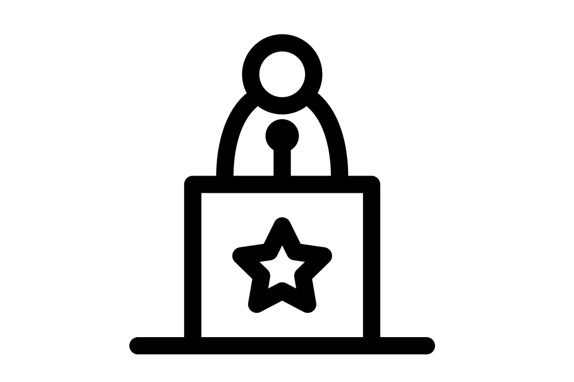Waitlists in the age of Coronavirus
/Round 2 waitlist notifications are trickling out from various MBA and graduate programs over the coming weeks. We’ve already written extensively on what to do to navigate the waitlist process, but how does that change in this age of Coronavirus?
1. Higher admissions yields.
First, the negative effects of COVID19 were isolated to declines in the stock market as investors worried that international trade would slow from China. Now that the virus has spread worldwide and nationwide, the effects are more widely felt through the closing of bars, restaurants, and public venues, the transition to remote work, and other measures to promote “social distancing.” These measures will likely lead to a large general contraction in the economy as service-sector businesses lose profitability, remote work (for all its virtues) depresses productivity, paid sick leave laws reduce the attractiveness of expanding workforces, and eventually white-collar layoffs begin.
Anticipating these effects, many more young professionals will seek a harbor in the storm and look to the two years of business school as a place to ride things out while bolstering their resume.
2. Fewer admits off the waitlist.
Waitlists only exist to give the school the flexibility to replace students who decline their offer of admission in order to get to the exact ideal number of students. If going to business school is comparatively more attractive, and the lagging nature of business school admissions means that the admissions committee will have awarded the same number of acceptances, it is only logical that there will be few, if any, unclaimed spots for the waitlist.
More than ever, it will be important to wage an “active” versus “passive” waitlist campaign to ensure that if there are any open spots on the waitlist, you will be among the first one or two admitted.
3. A different argument for admission.
For the next year, the nature of business school – and all education for that matter – has changed. International trips are canceled, in-person discussions are replaced with distance learning, and the casual contact at the heart of MBA networking is now a threatening proposition. A key part of any active waitlist campaign is to argue why it is imperative for you to attend a particular school – given its unique resources – in order to achieve a particular vision for the future that you will work towards in your career. Those unique resources have changed and therefore, as you navigate the waitlist, so should your message.






